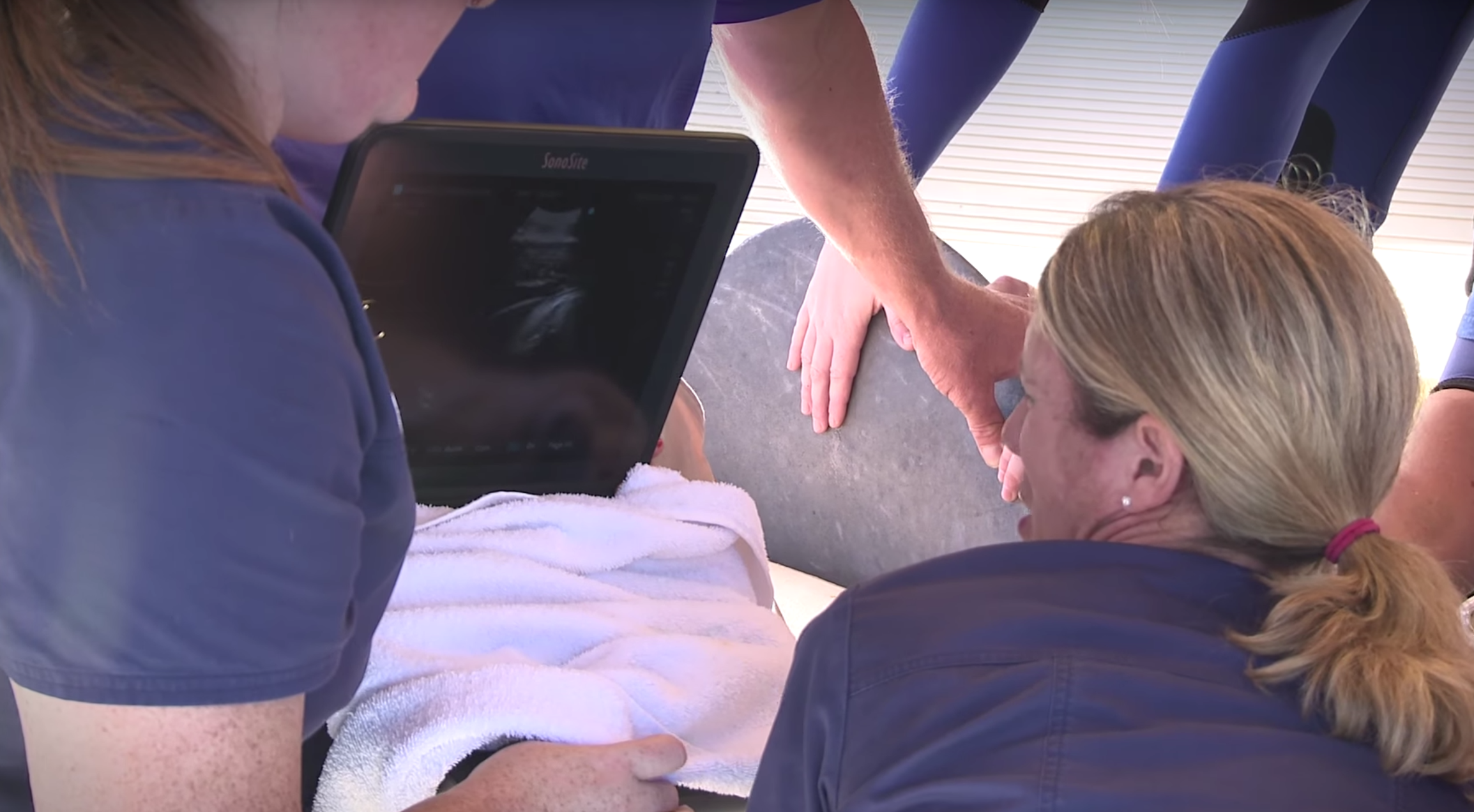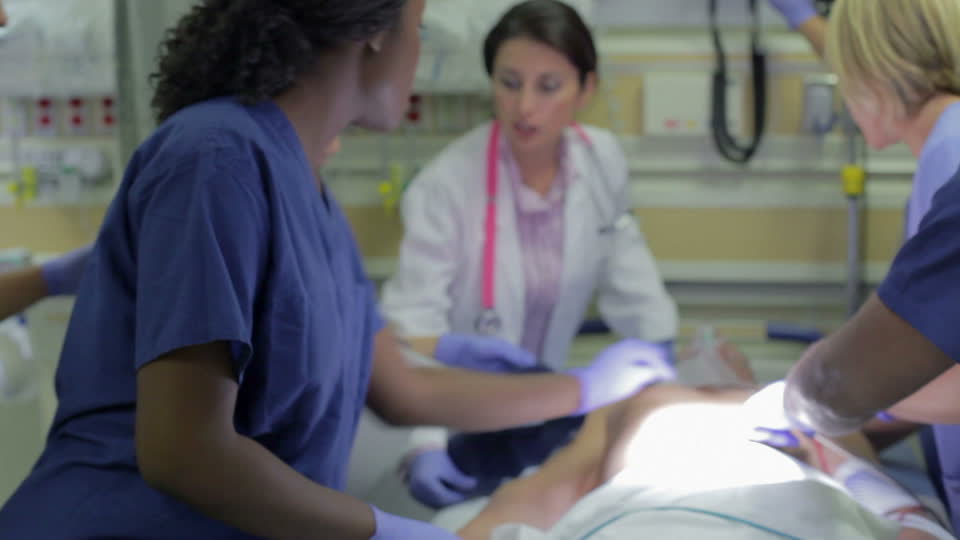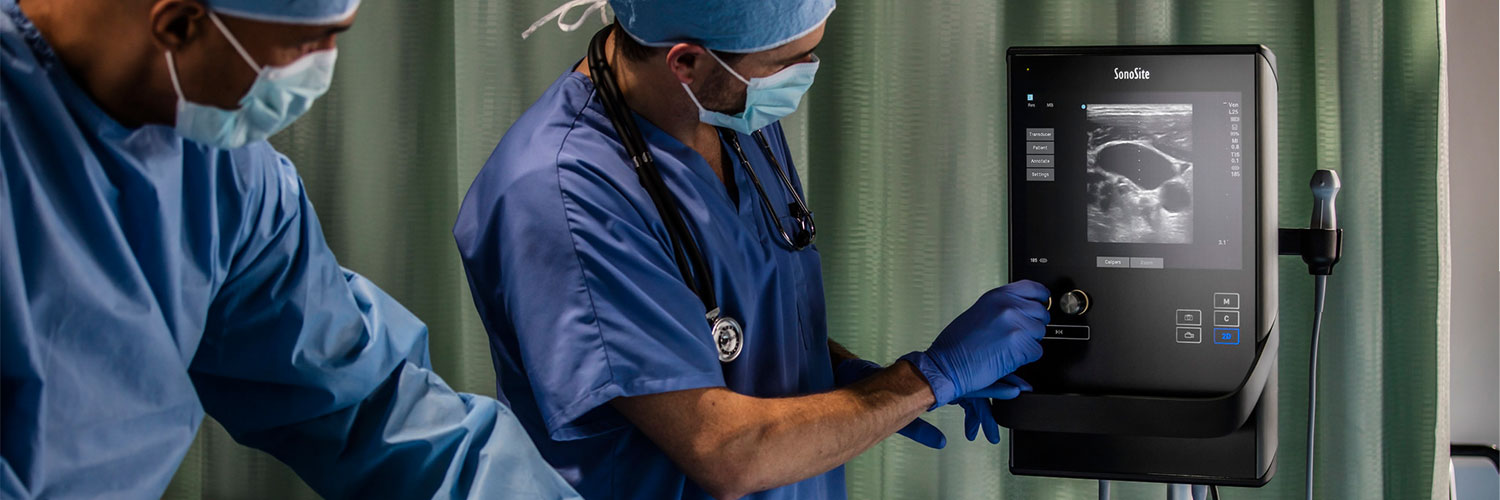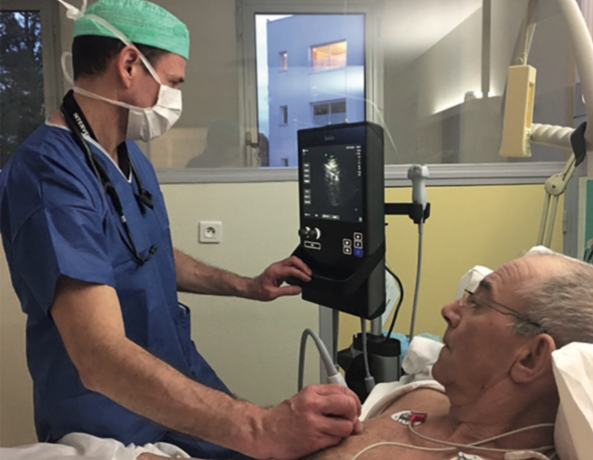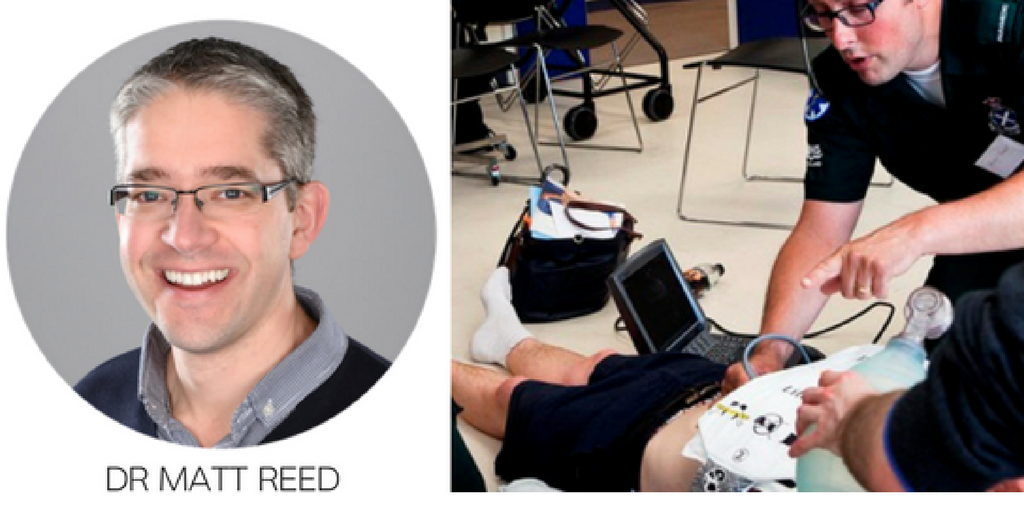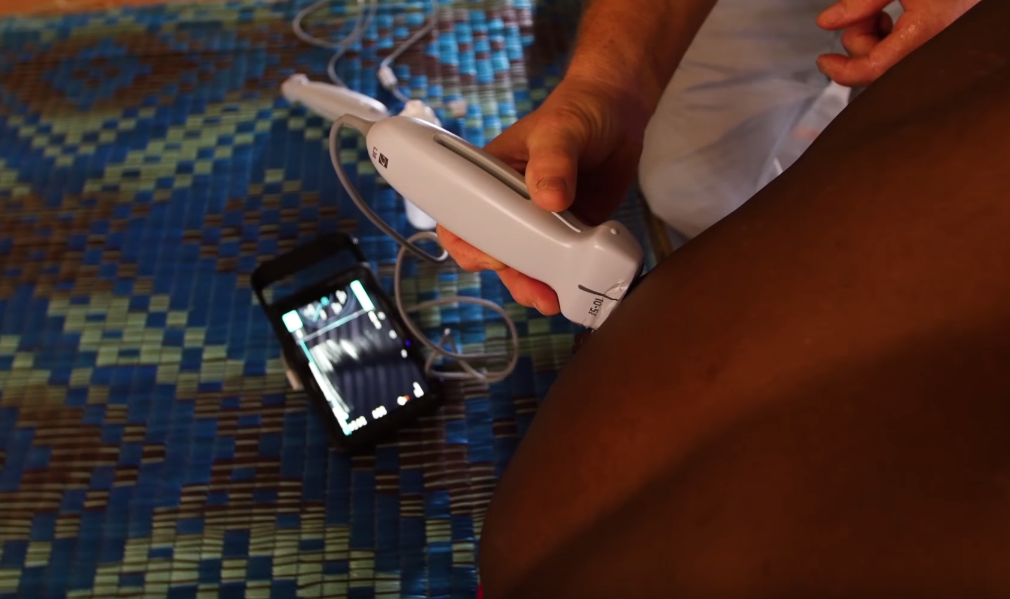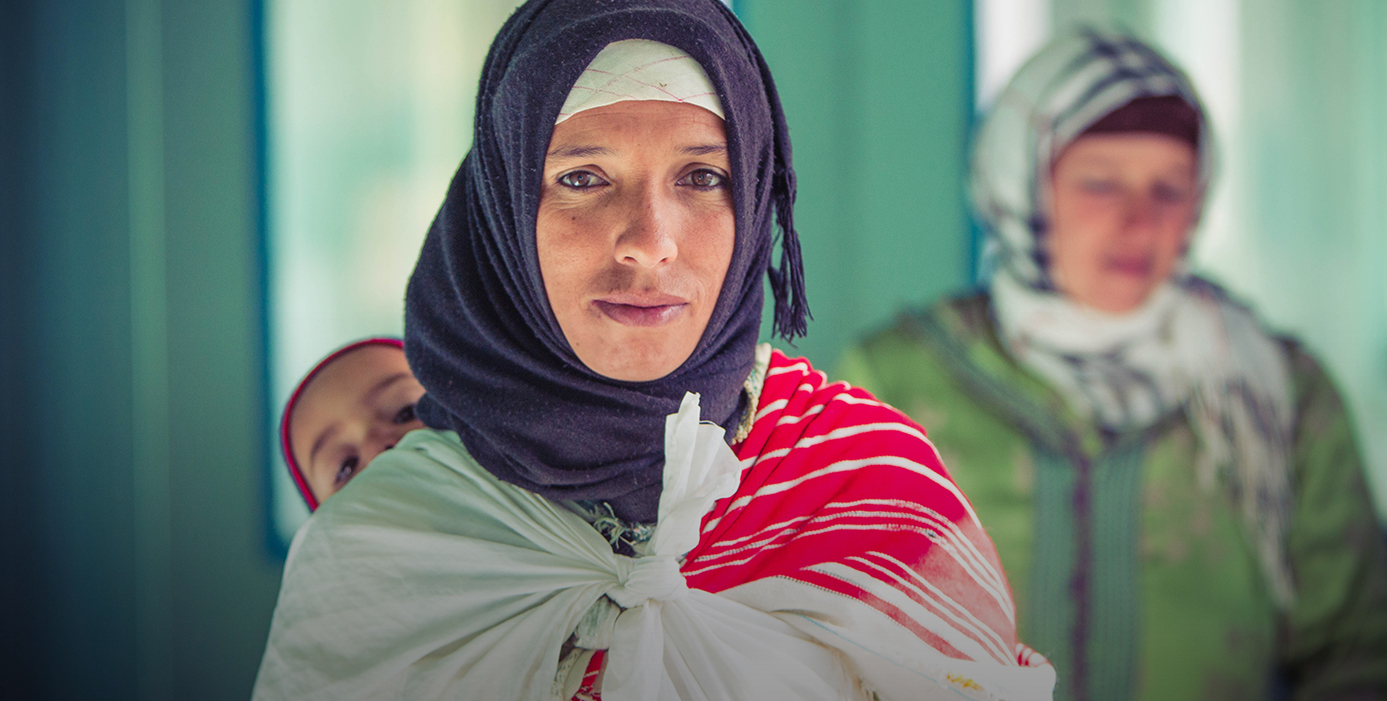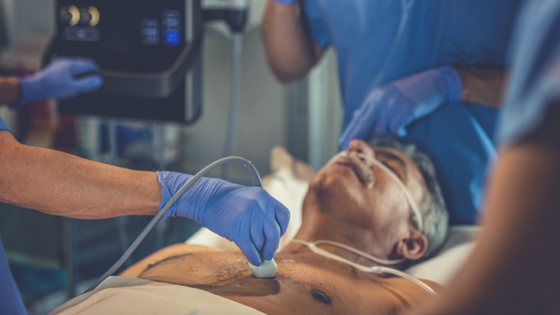Ultrasound Guided Nerve Blocks, Not Opioids, for Post-Operative Pain Management
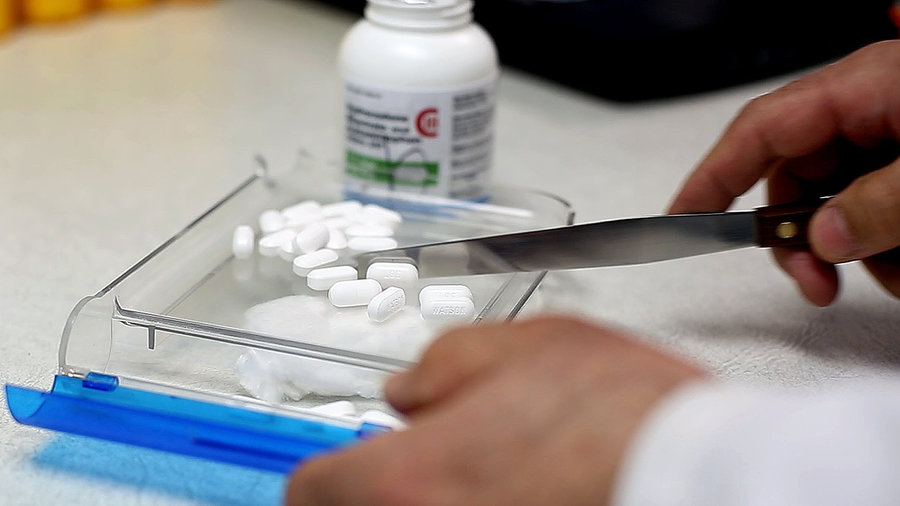
It’s no secret that the U.S. is in the throes of a major heroin epidemic, at least partly caused by the over-prescription of opioid painkillers by well-meaning physicians. When it comes to perioperative pain control, there are new ways to tackle patient discomfort without resorting to prescription opioids.


